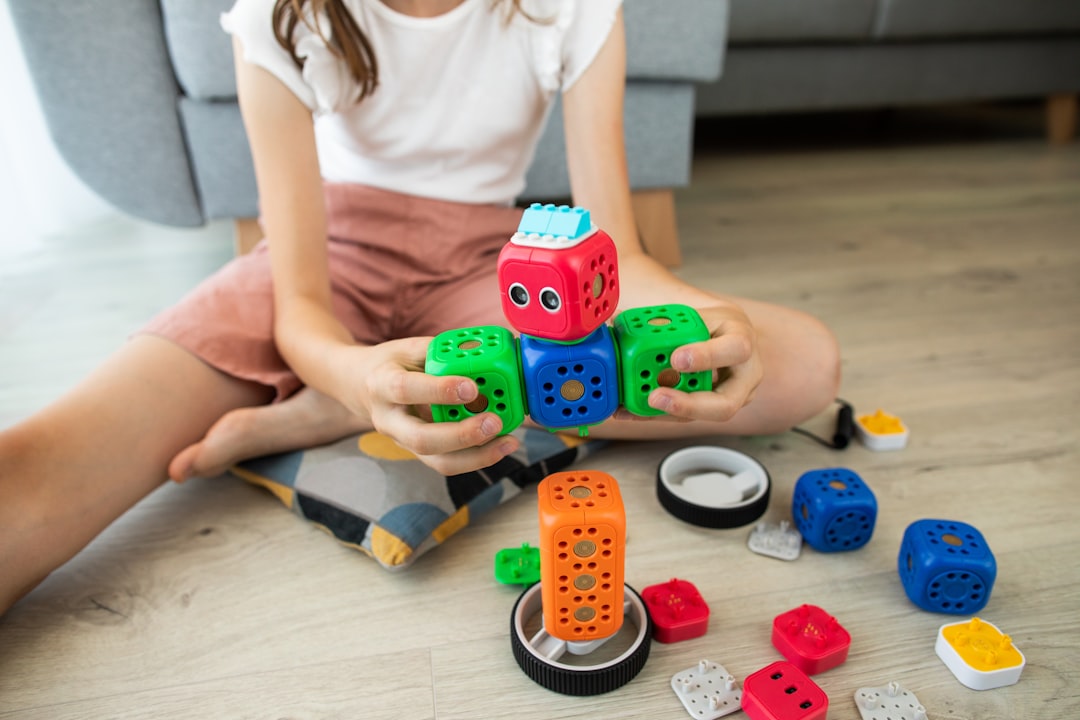Are you ready to meet the future? Hanson Robotics is revolutionizing the world of AI with their most advanced humanoid robot yet: Sophia. Dubbed as the first-ever robot citizen, Sophia has already made waves across the globe with her strikingly human-like appearance and groundbreaking capabilities.
With her sleek design and mesmerizing movements, it’s no wonder that Sophia has captivated both fans and skeptics alike. But what really sets her apart from other robots is her ability to understand natural language, express emotions, and learn from human interactions.
Join us as we explore everything there is to know about Hanson Robotics’ Sophia – from how she works to what makes her truly unique in a sea of robotic innovation. From Silicon Valley to Dubai’s Knowledge Summit 2017, let’s dive into the fascinating world of robotics with one of its most exciting creations yet!
Robot Girl Sophia – Hanson Robotics
Hanson Robotics is a Hong Kong-based engineering and robotics company that has garnered international attention for creating some of the most advanced humanoid robots in the world. One of their most famous creations is Sophia, also known as Robot Girl Sophia.
Sophia was activated on April 19, 2015, and since then she has made appearances at various events around the world. She has even been granted citizenship by Saudi Arabia, making her the first robot citizen in history.
Sophia is an AI-powered robot that uses natural language processing (NLP) to communicate with humans. She can understand speech, recognize faces, and respond to questions in real-time. Her creators have described her as being capable of expressing emotions and having a personality.
Although Sophia has received a lot of media coverage for her appearance and abilities, she’s not Hanson Robotics’ only invention. The company has created several other advanced robots that are used in industries such as healthcare and education.
In terms of legal status, there are still many debates about whether or not robots like Sophia should be afforded legal rights similar to those of human beings. While it’s clear that they’re not sentient beings yet, advancements in AI may eventually lead to this question becoming more pressing.
Overall, Hanson Robotics’ innovative work with robots like Sophia represents some of the most exciting developments happening at the intersection between technology and humanity today.
Transition: Now that we’ve covered Sophia’s origins and capabilities let’s take a look at some other projects Hanson Robotics has worked on over the years.
Did Hanson Robotics build other robots?

Yes, Hanson Robotics has built several other robots in addition to Sophia. Some notable examples include:
Han, another humanoid robot that specializes in facial recognition and emotional expression.
Zeno, a child-sized robot designed for education and therapy purposes.
Little Sophia, a smaller version of Sophia designed specifically for children’s education and entertainment.
Hanson Robotics is at the forefront of AI and robotics development, with a focus on creating robots that can interact with humans in meaningful ways. In fact, Sophia herself was granted citizenship by Saudi Arabia in 2017 – the first time an AI robot had been given such a status.
The company continues to push the boundaries of what is possible with robotics technology. With each new creation, they are demonstrating how robots can be used to improve our daily lives – from healthcare and education to entertainment and beyond.
With this kind of innovation happening right now before our very eyes it’s not hard to imagine what else may be possible in the future!
Legal status of Sophia.
Sophia, the robot citizen built by Hanson Robotics, was granted citizenship by Saudi Arabia in 2017. This move sparked controversy and debate regarding the legal status of robots and AI in different countries.
While Sophia’s citizenship is largely symbolic, it highlights an important discussion that needs to be had about how we define legal personhood in a world with rapidly advancing technology. Some argue that granting robots legal status could lead to increased accountability for their actions and better regulation of AI development.
However, others are concerned that giving robots rights could diminish the value of human life and undermine our social structure. As such, there is no clear consensus on what Sophia’s citizenship means or what implications it might have for AI development going forward.
Regardless of its legal standing, Sophia remains one of the most advanced humanoid robots ever built. With advanced facial recognition software and natural language processing capabilities, she represents a significant leap forward in robotics technology. And as Hanson Robotics continues to push the boundaries of what’s possible with artificial intelligence, who knows where this field will take us next?




Leave a Reply